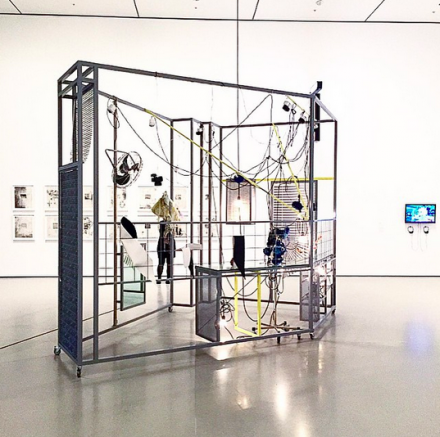
Haegue Yang, Sellim (2009), via Art Observed
Currently on view at MoMA through April of next year, Scenes for a New Heritage: Contemporary Art from the Collection offers a carefully balanced rumination on the processes and practices that have defined the past three decades of contemporary art. Looking back at a diverse series of explorations into the political, visual and spatial interests of artists and their recent practices, the show is a remarkably broad rumination on contemporary art today, one that feels particularly strong during the summer gallery lull in New York.
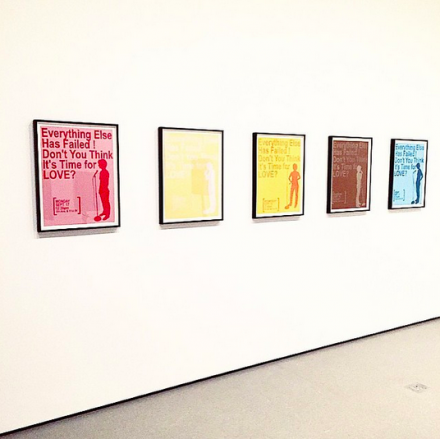
Sharon Hayes, Everything Else Has Failed! Don’t You Think It’s Time for Love? (2004), via Art Observed
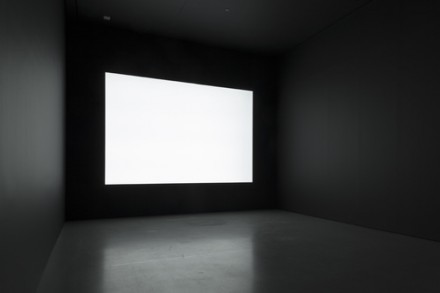
Alfredo Jaar, Lament of the Images (2002), courtesy MoMA
Taking its name from a work by David Maljković (also on view here), the exhibition seems particularly interested in the international art community, particularly its response to the fall of communism and the ever-increasing reaches of global capital. Placing national identity and a shifting political field as the foreground against these historical movements, the exhibition offers any number of entry points for an interested viewer. Much like Maljković’s work, suggesting new potential uses for discarded Soviet monuments in his home nation of Croatia, the exhibition seems interested in what the fallout of these massive shifts in global politics have wrought on the surface of the artwork.
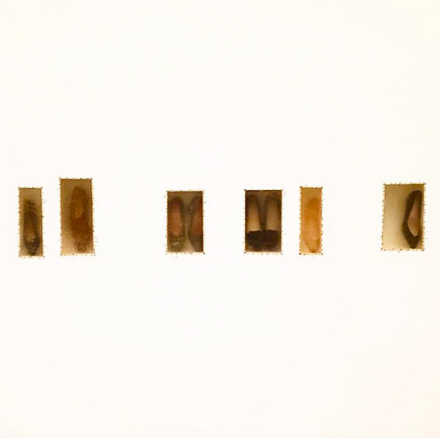
Doris Salcedo, Atrabiliarios (1992-1997), via Art Observed
The exhibition moves gradually through aesthetic and political interests, dwelling on a particular brand of lyrical, illustration-influenced art in the first rooms of the space before gradually moving on to more abstracted forms, pieces and installations as the exhibition proceeds. In each space, the adventurous visitor is amply rewarded, particularly in one darkened space, where Alfredo Jaar’s Lament of the Images brings viewers down a twisting hallway printed with texts noting the censorship or removal of images from political events, wars and historical catalogs before bringing one face to face with an immense white square, gleaming with light and emphasizing its lack of content.
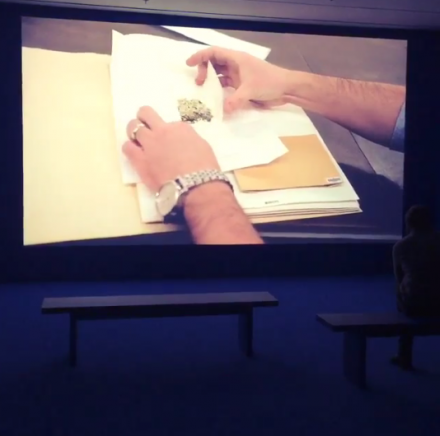
Camille Henrot, Grosse Fatigue (2013), via Art Observed
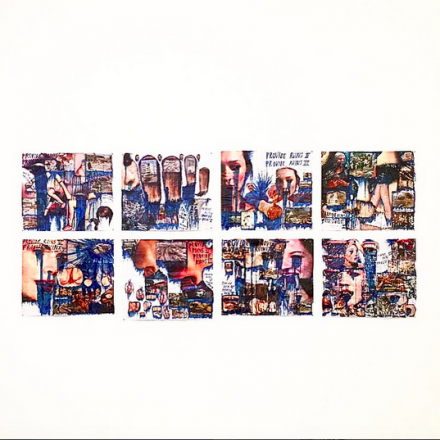
Thomas Hirschhorn, Provide Ruins Series (2003) via Art Observed
This critical tack on the image itself seems to define the later rooms of the exhibition, transposing the aesthetic onto concrete situations and spaces. Adjacent to Jaar’s work is another unique piece by Hito Steyerl, titled November, which investigates the changing political notions of terrorism, international identity, and the image itself through the artist’s recollections of her friend Andrea Wolf (who was executed as a Kurdish terrorist several years ago), and their collaboration on a feminist martial arts film during their youth, and which serves as the visual accompaniment to Steyerl’s voiceover.
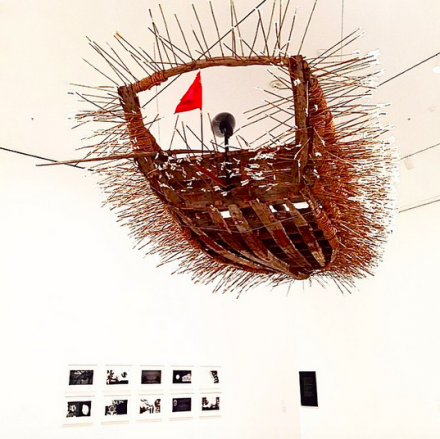
Scenes for a New Heritage (Installation View), via Art Observed
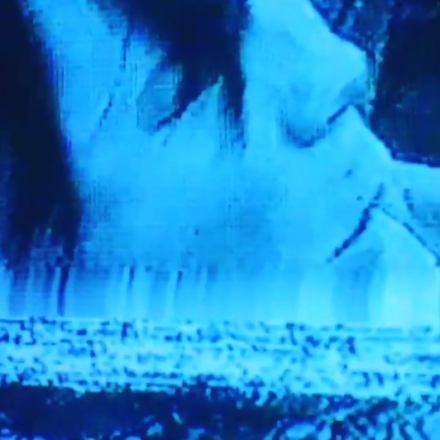
Hito Steyerl, November (2004), via Art Observed
Other works make more peculiar fusions of national awareness and its relation to contemporary political currents, perhaps most expressively in Feng Mengbo’s Long March: Restart, a massive two-screen video game in which a Chinese communist party member (dressed out in traditional Red Army regalia), must scroll across classic video game landscapes, battling bosses with only the use of Coca-Cola cans. The visual symbolisms, much like the game itself, are cluttered and confusing, perhaps less of an attempt to reconcile the divergent threads of Chinese history and its engagement with foreign culture than a reflection of this cultural clutter as a subject of its own.

Camille Henrot, Grosse Fatigue (2013), via Art Observed
The show concludes with Camille Henrot’s Grosse Fatigue, which won the artist the Silver Lion at the 2013 Venice Biennale. It’s a fitting choice, showing the historical (both human and natural) archival of history, without losing site of the impulse itself to maintain the unbroken lines of history, a thought MoMA seems to have executed quite thoroughly here.
Scenes for a New Heritage is on view through April 10th, 2016.
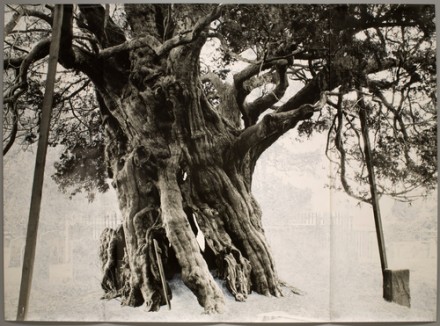
Tacita Dean, Crowhurst (2003), courtesy MoMA
— D. Creahan
Read more:
Scenes for a New Heritage [Exhibition Site]



